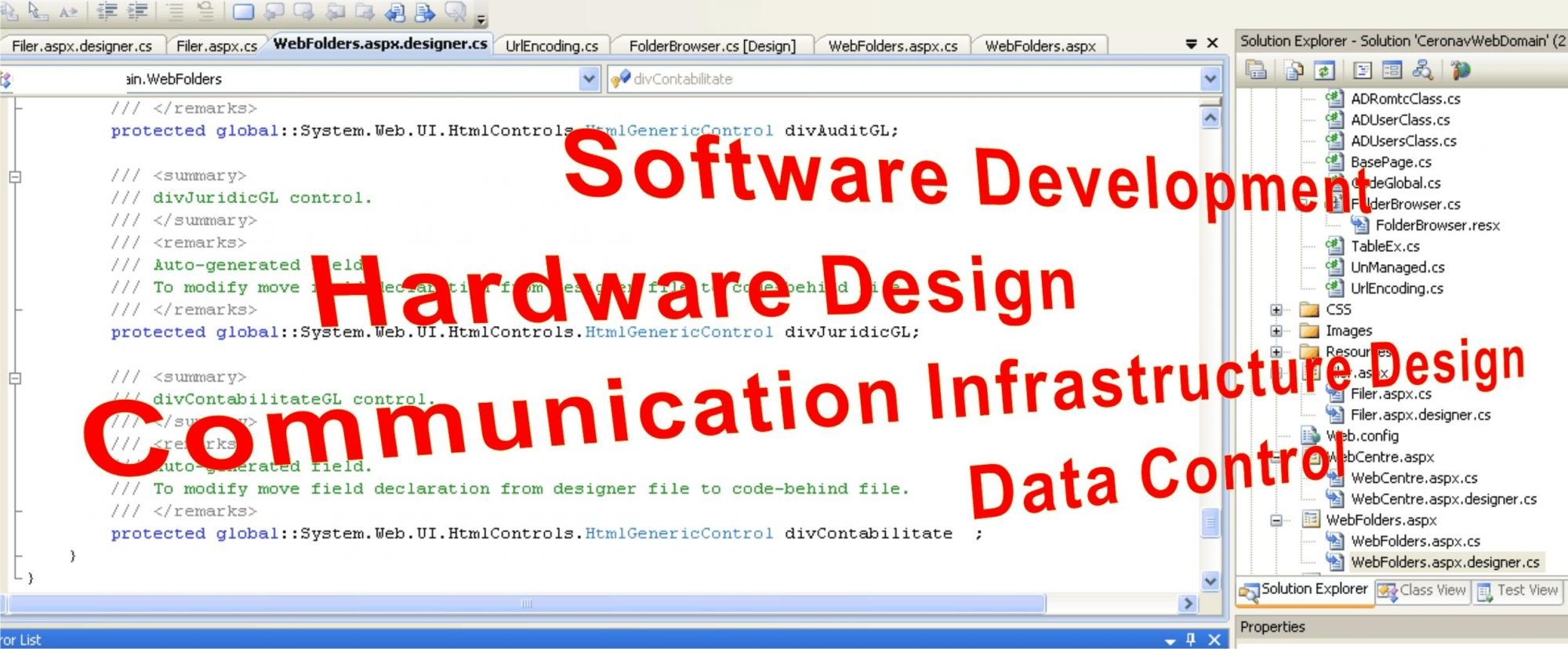Adjusting entries are most commonly used in accordance with the matching principle to match revenue and expenses in the period in which they occur. For example, the business might pay its rent quarterly in advance, when paid the amount will have been debited to a prepaid rent account in the balance sheet. At the end of each of the next three months adjusting journal entries are made to record the amount of rent utilised during the month. When the exact value of an item cannot be accounting tools definition easily identified, accountants must make estimates, which are also considered adjusting journal entries. Taking into account the estimates for non-cash items, a company can better track all of its revenues and expenses, and the financial statements reflect a more accurate financial picture of the company. An accrued revenue is the revenue that has been earned (goods or services have been delivered), while the cash has neither been received nor recorded.
Further examples of journals can be found in our adjusting entries tutorial, or why not take a closing entries assignment using our adjusting entries practice quiz. If the Final Accounts are prepared without considering these items, the trading results (i.e., gross profit and net profit) will be incorrect. In this situation, the accounts thus prepared will not serve any useful purpose. Recording such transactions in the books is known as making adjustments at the end of the trading period. In contrast to accruals, deferrals are cash prepayments that are made prior to the actual consumption or sale of goods and services.
The revenue earned during the month has been transferred from the unearned revenue account to the revenue why operations management is important for your company account. In most businesses the payroll period and the accounting period do not coincide. For example, if the payroll period is weekly and the accounting period is monthly, there will always be a period at the end of each month where the employee has worked hours which have not yet been accounted for.
For the past 52 years, Harold Averkamp (CPA, MBA) hasworked as an accounting supervisor, manager, consultant, university instructor, and innovator in teaching accounting online. This graded 30-question test provides coaching to guide you to the correct answers. Use our coaching to learn the WHY behind each answer and deepen your understanding of the topic Adjusting Entries. The conference showrunners will pay you $2,000 to deliver a talk on the changing face of the tote bag industry.
For deferred revenue, the cash received is usually reported with an unearned revenue account. Unearned revenue is a liability created to record the goods or services owed to customers. When the goods or services are actually delivered at a later time, the revenue is recognized and the liability account can be removed. However, in practice, revenues might be earned in one period, and the corresponding costs are expensed in another period. Also, cash might not be paid or earned in the same period as the expenses or incomes are incurred. To deal with the mismatches between cash and transactions, deferred or accrued accounts are created to record the cash payments or actual transactions.
Accounting 101: Adjusting Journal Entries
Therefore, it is necessary to find out the transactions relating to the current accounting period that have not been recorded so far or which have been entered but incompletely or incorrectly. An adjusting entry is an entry that brings the balance of an account up to date. Adjusting entries are crucial to ensure the correct balance and correct information in an account at the end of an accounting period. Then, in March, when you deliver your talk and actually earn the fee, move the money from deferred revenue to consulting revenue. Unearned revenues are also recorded because these consist of income received from customers, but no goods or services have been provided to them.
- When you make an adjusting entry, you’re making sure the activities of your business are recorded accurately in time.
- In this situation, the accounts thus prepared will not serve any useful purpose.
- You’ll move January’s portion of the prepaid rent from an asset to an expense.
- Some business transactions affect the revenues and expenses of more than one accounting period.
- If you have a bookkeeper, you don’t need to worry about making your own adjusting entries, or referring to them while preparing financial statements.
Access Exclusive Templates
The number and variety of adjustments needed at the end of the accounting period differ depending on the size and nature of the business. The updating/correcting process is performed through journal entries that are made at the end of an accounting year. However, there is a need to formulate accounting transactions based on the accrual accounting convention. According to the matching concept, the revenue of the current year must be matched against all the expenses of the current year that were incurred to produce the revenue. However, in practice, the Trial Balance does not provide true and complete financial information because some transactions must be adjusted to arrive at the true profit.
Why Are Adjusting Journal Entries Important?
But you’re still 100% on the line for making sure those adjusting entries are accurate and completed on time. Specifically, they make sure that the numbers you have recorded match up to the correct accounting periods. Here are the main financial transactions that adjusting journal entries are used to record at the end of a period. Uncollected revenue is revenue that is earned during a period but not collected during that period.
Estimates
Before exploring adjusting entries in greater depth, let’s first consider accounting adjustments, why we need adjustments, and what their effects are. Our Adjusting Entries Cheat Sheet provides examples of the typical accrual, deferral, and other adjusting entries. For the sake of balancing the books, you record that money coming out of revenue. Then, when you get paid in March, you move the money from accrued receivables to cash.
